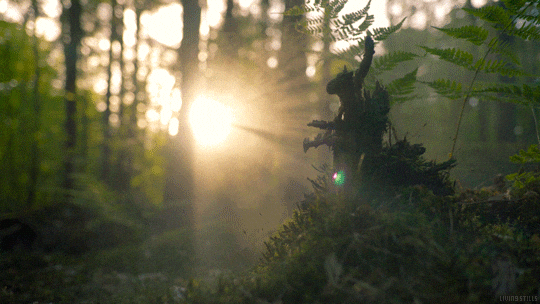2021/08/31

Kanji is exceptionally confusing to me. When looking at the word 森林浴 - “shinrin yoku”, I wanted to learn a bit more about these three words that make up the compound word.
To start with, though, let’s look at another word: 木 - “ki”, or in english “tree”. It’s 4 strokes and is a grade 1 / JLPTN4. It’s taught in grade 1 of Japanese schools and is part of the Japanese Language Proficiency Test N4. This one’s pretty simple!
So, then 林… 木木, right? This is “hayashi”, and could somewhat be translated to a small grove or woods. Think a bunch of bushes, a few trees on their own. 8 strokes, still grade 1, but JLPTN3.
森 … okay, so we have THREE 木 now. This is “mori”, translated to a small forest or a large wooded area. Imagine a denser greenery - perhaps harder to traverse. 12 strokes, again grade 1 and JLPTN3.
Put all this together and we have 森林 - “shinrin”. A big forest, like a mountain covered in foliage. If you’re thinking a forest in English, that’s what we’ve got here. Lots of 木.
浴 is yoku. 10 strokes, Grade 4, and JLPTN2. This one’s a bit tougher. It’s a combination of 氵 (one of the water radicals) and 谷 (“tani”, or valley).
Put it all together and you have 森林浴, a peaceful walk to bask in the forest.